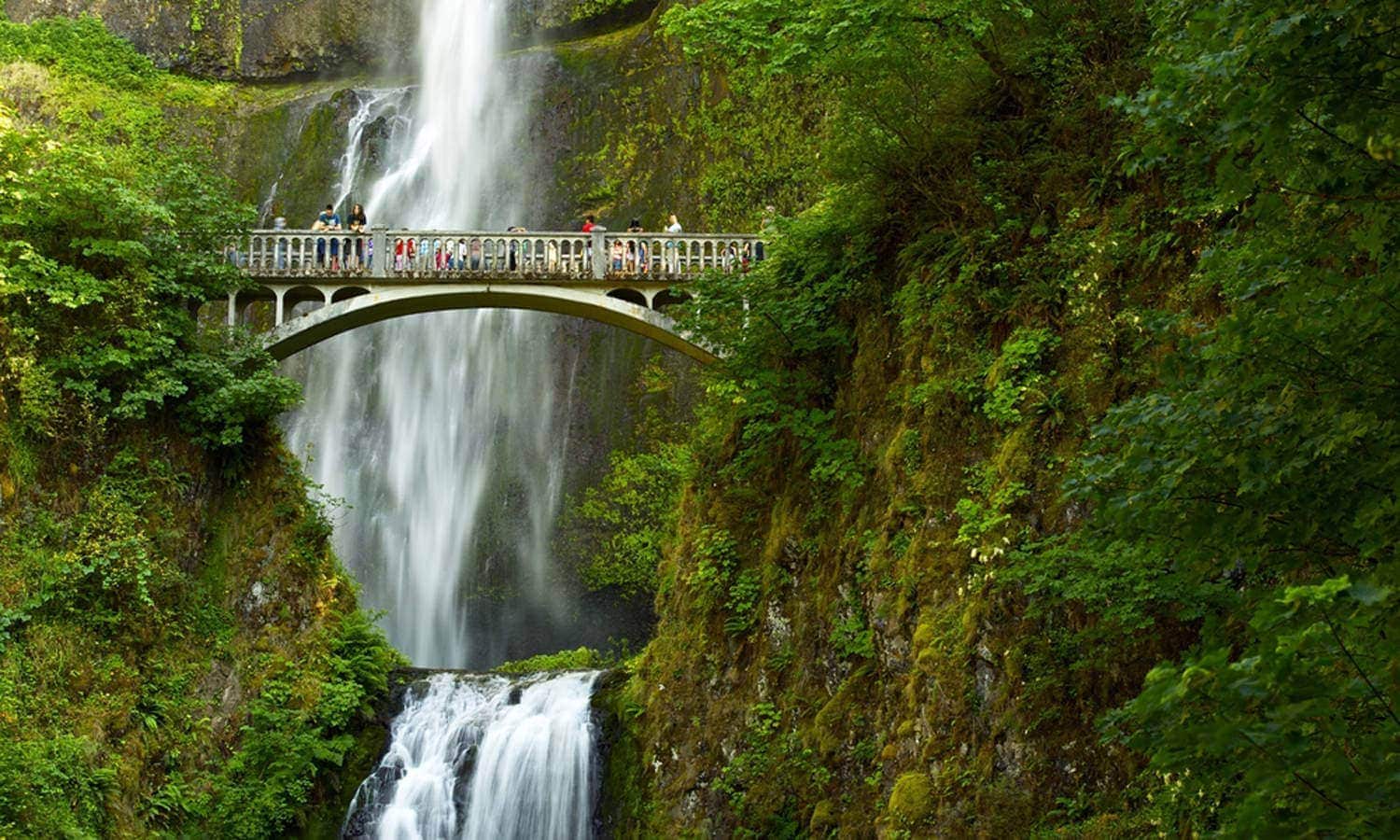
About 2.9 million people camped at state parks in 2018 as per a report by the state’s Parks and Recreation Department. In total, 54 million people visited parks, the second-highest number after a blockbuster summer season in 2016 that attracted 54.5 million visitors.
Coastal parks witnessed the biggest gain in campers. Fort Stevens, South Beach and Bullards Beach, all along the Pacific Ocean, together accounted for more than half of the growth in overnight visits. They collectively attracted 59,300 campers last year.
The camping season is stretching itself and the peak time is getting longer and longer. The camping season is spreading beyond the traditional busy summer months. Crowds camp in the spring and well into the fall, filling yurts and cabins on rainy days, and taking advantage of months with unseasonably warm weather. Smaller state park campgrounds also saw significant growth, from Viento in the Columbia River Gorge to Lake Owyhee in Eastern Oregon. Increases at smaller campgrounds are exactly what the parks department is looking for.
Tiny Jackson F. Kimball State Recreation Site in Southern Oregon saw the highest percent increase, as 557 additional campers added up to a 64 per cent increase.
In 2018, the department launched an initiative to decrease camping fees at less-popular state parks, hoping to spread out the growing crowds. Now, the state Parks and Recreation Department is looking to adjust rates to persuade campers to go to less-visited spots.
The department’s budget is funded by fees it collects, as well as slices of state lottery earnings and RV registrations. Ninety percent of state park sites are currently free of charge.